THIS IS NOT JUST ANOTHER FOREST. This is the largest river in Chile. These are among the most powerful rapids on the planet. These are the wildest and most pristine rivers within the wildest and most pristine area left on earth.
If the five proposed dams are built along the Baker and Pascua rivers, about 15,000 acres of these Patagonian lands will be underwater, gone. A 400-foot-wide swath will be cut across 1,500 miles – equal to the west coast of the United States. The 200-foot-tall transmission lines will bisect 64 communities and 14 protected areas. Once in place, the transmission lines will provide incentive to build even more dams to produce greater energy at lower cost.
There are a lot of numbers involved in this discussion. But the most telling evidence is seen in pictures like these twelve scenes below, courtesy of iLCP, taken for their RAVE campaign to show just what will be lost forever if the dams are built.
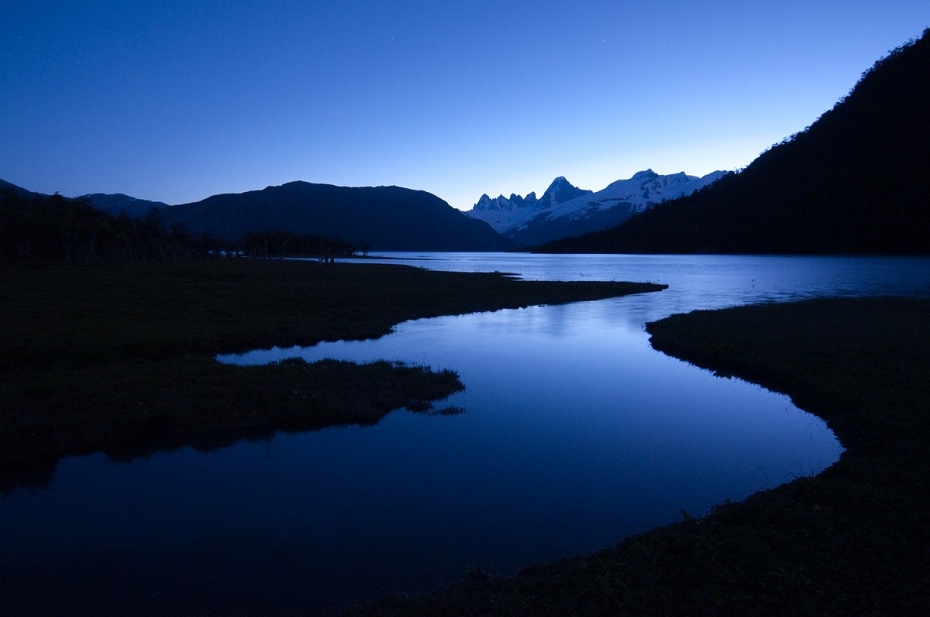
1. The site of the headwaters of the Rio Pascua where 3 dams are proposed. Before the rapids, the river widens, framing a lake with a view of Mt. Krueger and the Genelas (Twin) peaks in the distance. A tiny tributary winds its way toward the Kreuger range and the main stem of the river. Photo: Bridget Besaw/ iLCP
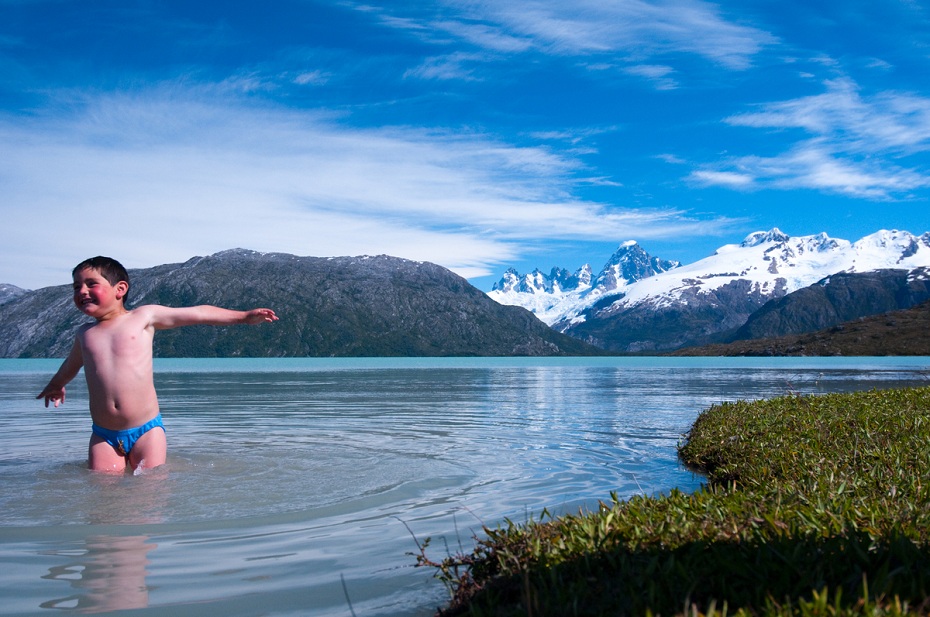
2. Juan Jose Soto, age 4, playing in the icy glacial waters of Lake O’Higgins. The dams will flood the entire area, and the spot where Juan is playing will be lost. Photo: Bridget Besaw/ iLCP
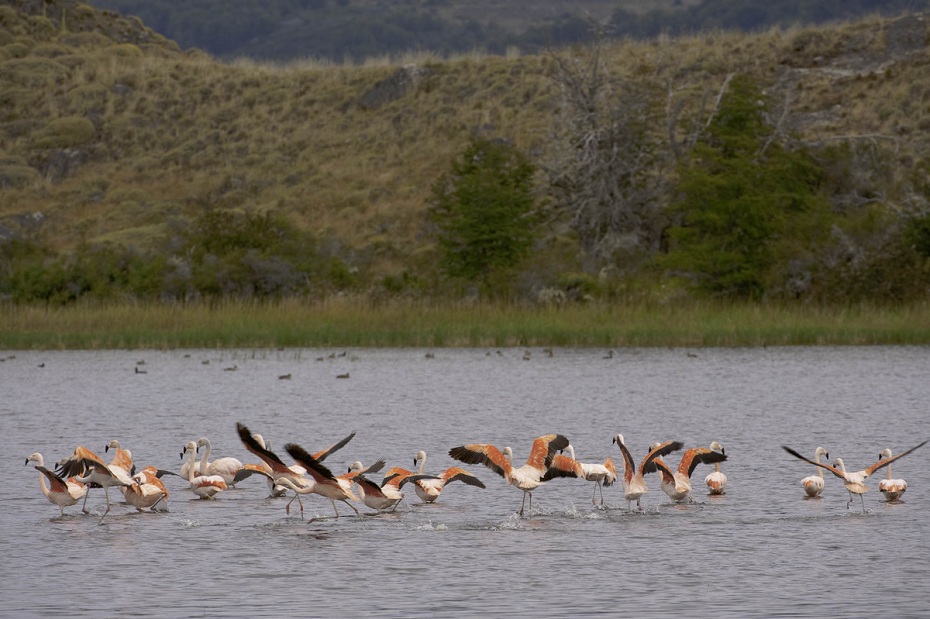
3. These flamingos native to the Chilean Aysén region are among the many species threatened by the dams’ impending presence. Photo: Jeff Foott/ iLCP
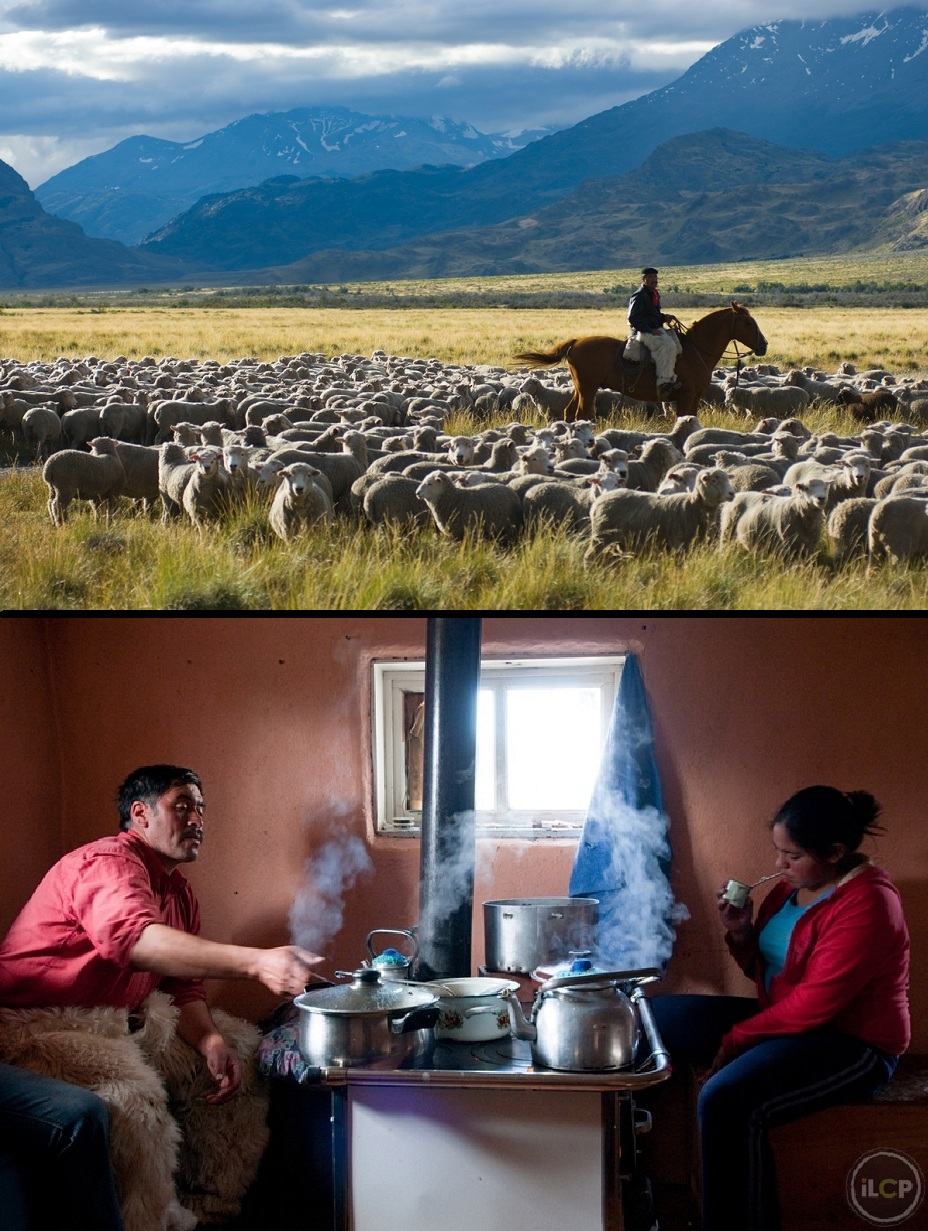
4. The last remaining Gaucho, Erasmus Betancur ‘Beta’ Casanova, and his family herd the sheep and cattle that feed the staff at what was once one of the largest ranches in Chilean Patagonia. It’s now becoming the new Patagonia National Park, the creation of which involves removing fences and most of the animals from the property to allow these grasslands to heal. With an influx of tourists and employees of the dam, Beta’s waning future seems clear. Photo: Bridget Besaw/ iLCP
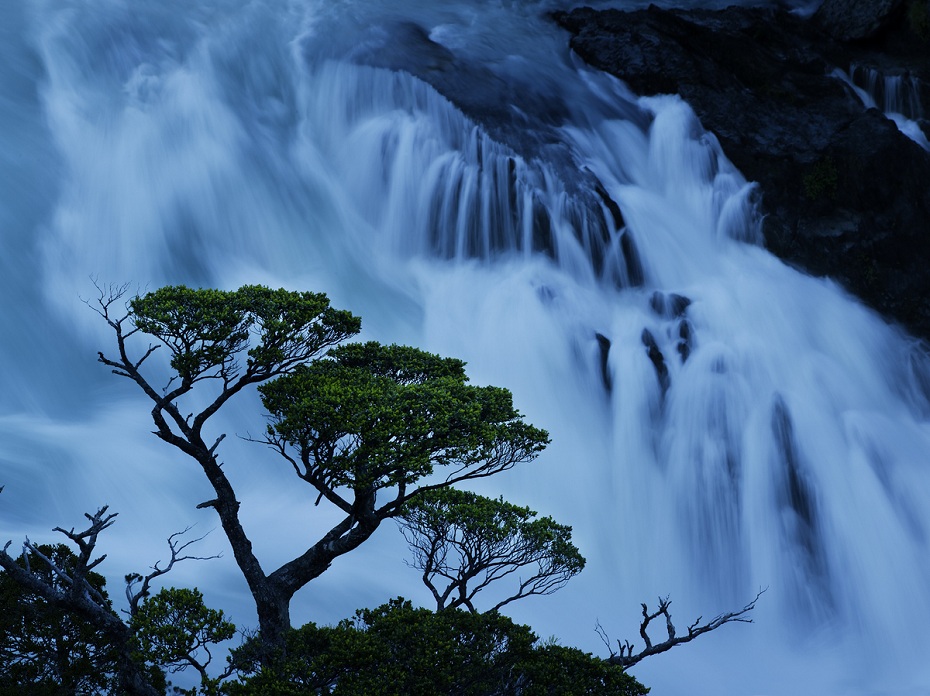
5. At these headwaters of Rio Pascua, lanky Cohiue trees hang over the gorge. Photo: Jack Dykinga/ iLCP

6. Here in the tiny town of Tortel, residents can cut the remaining cypress forest for fire wood, or as seen here, they can collect the plentiful, renewable resource of drift wood from the many beaches just a short boat ride away. Most people spend at least 1 day a week making the trip to a beach by boat, harvesting wood to heat and cook with. This isn’t a way of life “born necessarily of ‘eco-awareness’ but just the simple fact that their families have lived and tended small subsistence farms here for generations.” Photo: Bridget Besaw/ iLCP

7. Looking out between Lake Colonia and Cachet One, where glacial melting will rapidly increase if the area receives more water from the dam’s flooding. Photo: Daniel Beltra / iLCP
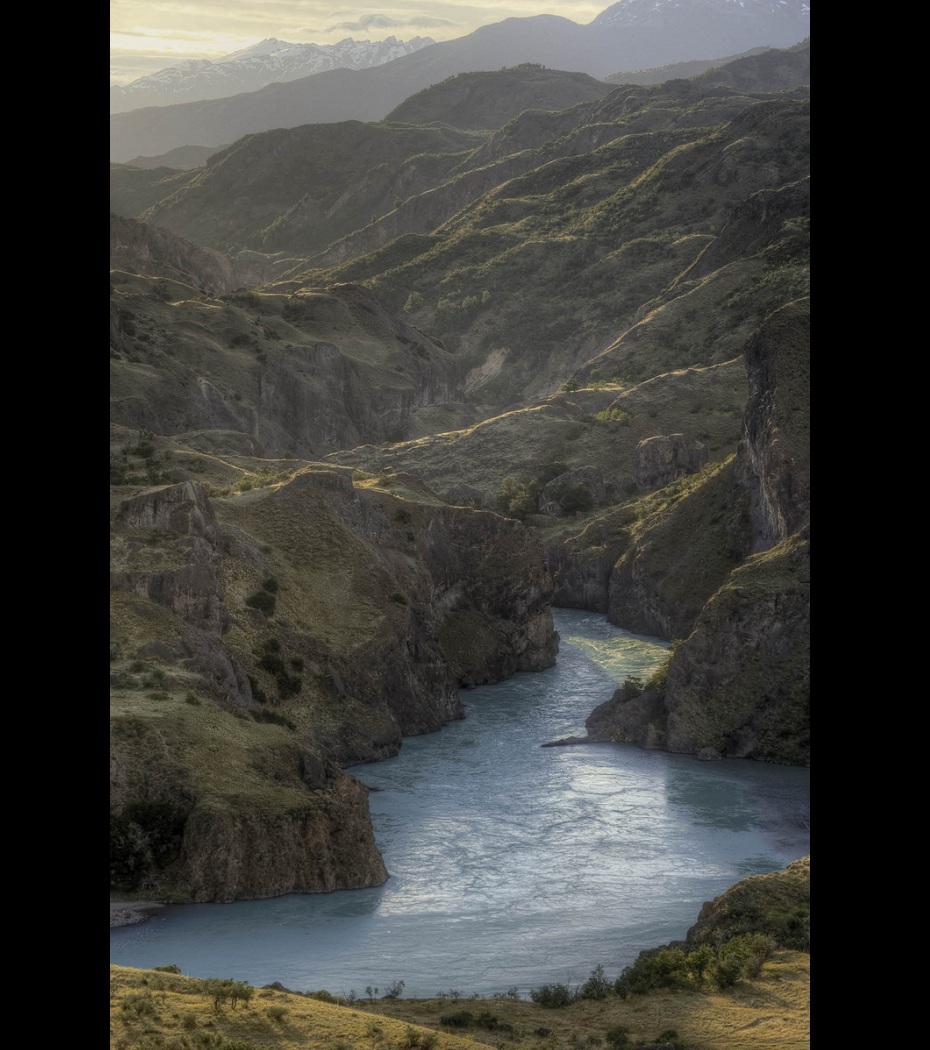
8. One of five dams will be built here, where the Rio Baker splits through and feeds the rocky valley into the horizon. Photo: Jeff Foott/ iLCP

9. Peter Hartmann, activist leader, standing above massive rapids. “The biggest problem is that [the project] implies destroying everything, taking everything out of the region without leaving much behind…These projects are immense, on a scale that is absolutely unmanageable for this region. They’re unmanageable because this region is very fragile, ecologically, geologically as well as culturally. For example, in the area where they want to build the HidroAysén mega-project, there are as many people living there as the company is going to need to build the dams. So imagine what that means – practically doubling the area’s population.” Photo: Bridget Besaw/ iLCP
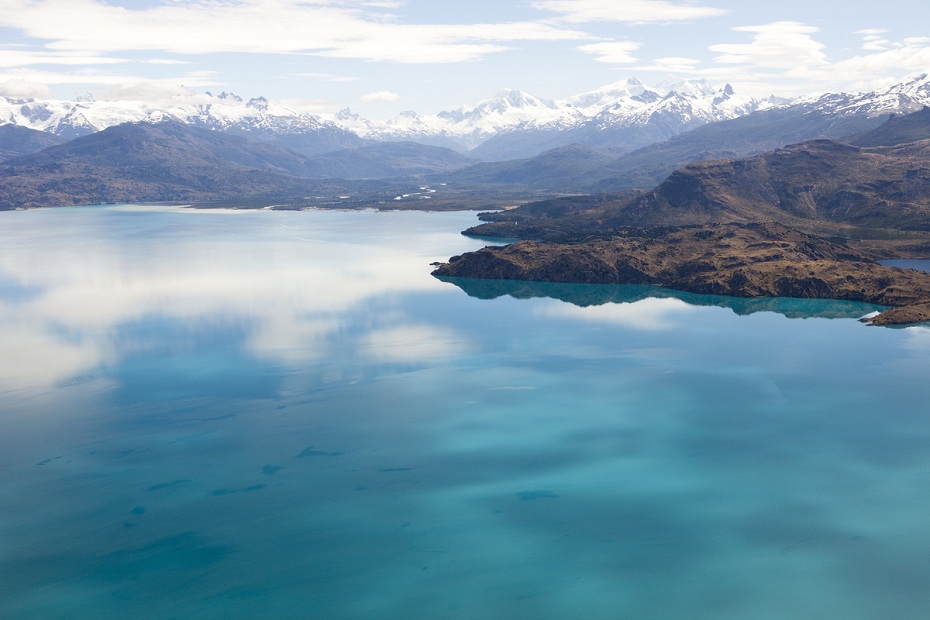
10. Aysen’s Lake General Carrera possesses a blueness matched only by the sky reflecting above. Photo: Daniel Beltra / iLCP

11. 500 people live around the port and town of Tortel, Chile, at the delta of the Baker River, downriver of where the proposed HydroAysen dams would be. Such a huge development will bring a large, rapid influx of new people, threatening the slow and peaceful way of life they maintain. There is little fishing in these waters, and boats are mostly used for transporting goods. Photo: Bridget Besaw/ iLCP
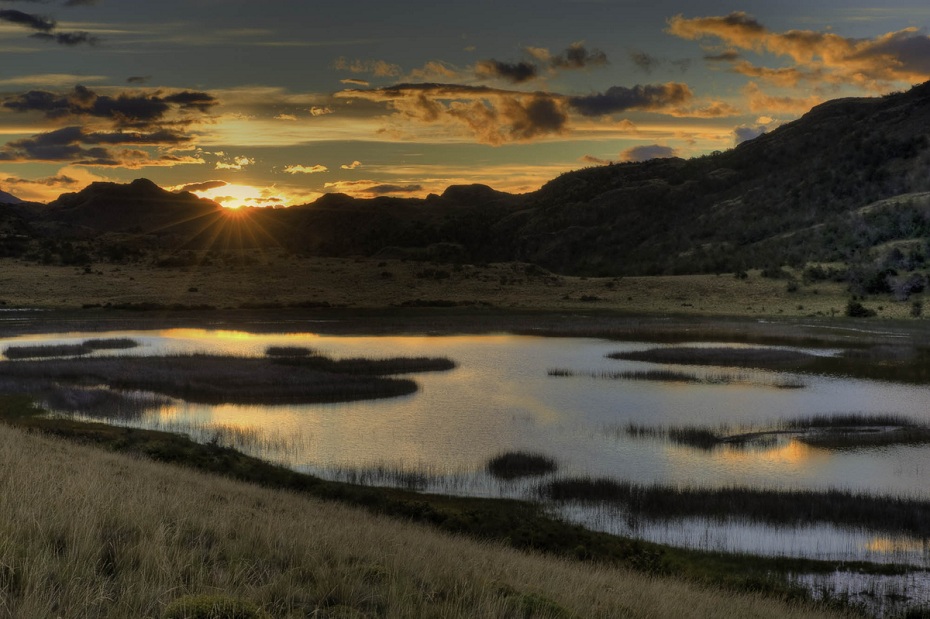
12. The sun sets over Aysén, taking one last glimpse before nightfall. Photo: Jeff Foott/ iLCP
The expedition team included Pulitzer Prize winner and National Geographic photographer Jack Dykinga, two-time World Press winner and Prince’s Rainforest Project Award winner Daniel Beltra, award-winning filmmaker and photographer Jeff Foott, award-winning photographer Bridget Besaw, and Emmy-winning videographer Edgar Boyles.
Community Connection
Here is a way to petition the Chilean government to stop the project.
For more information please visit Patagonia sin represas.
¹”According to the responsible company, by 2020 the project could cover 21% of the Central Interconnected System (SIC) demand,” which supplies 68.5% of Chile’s energy.

